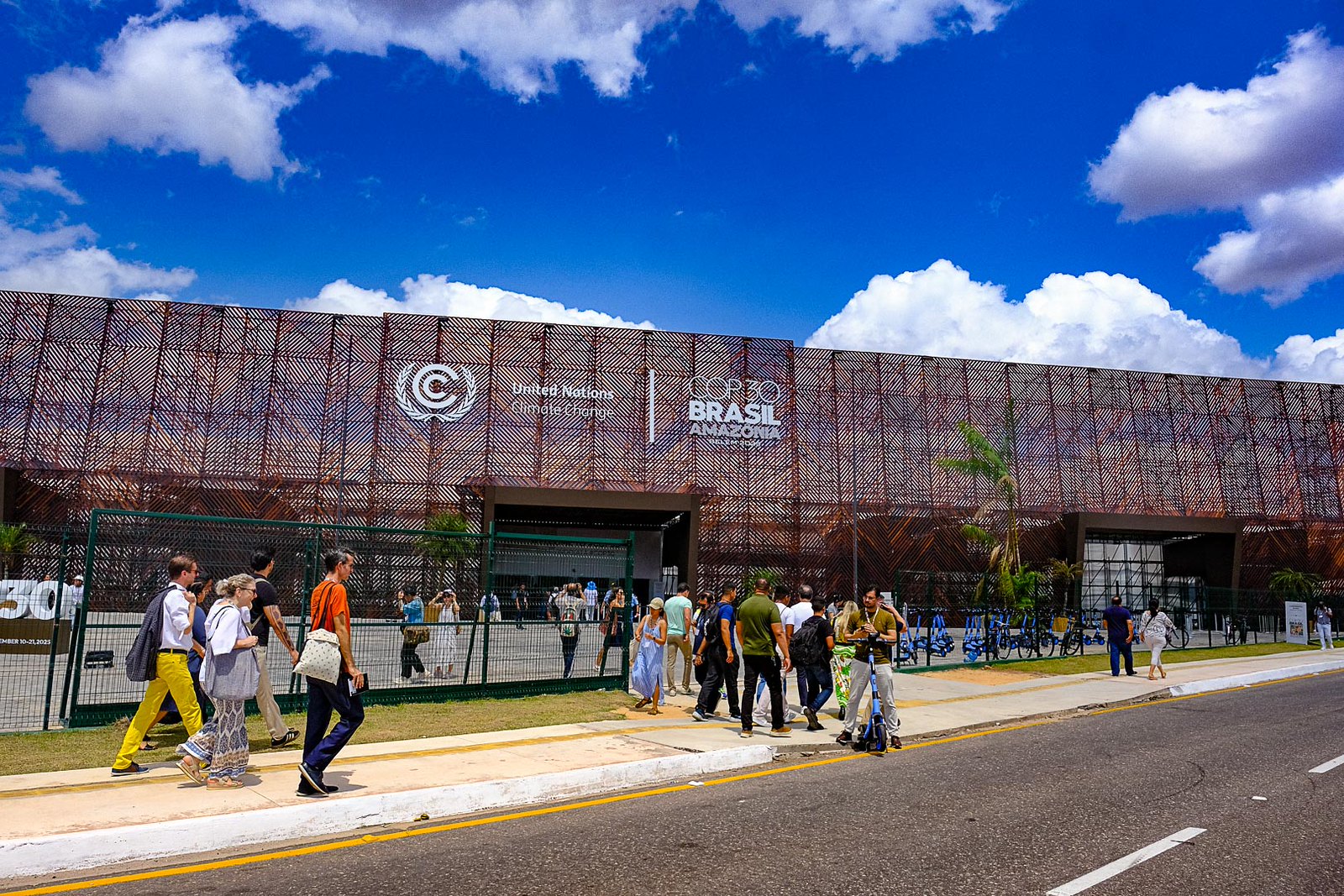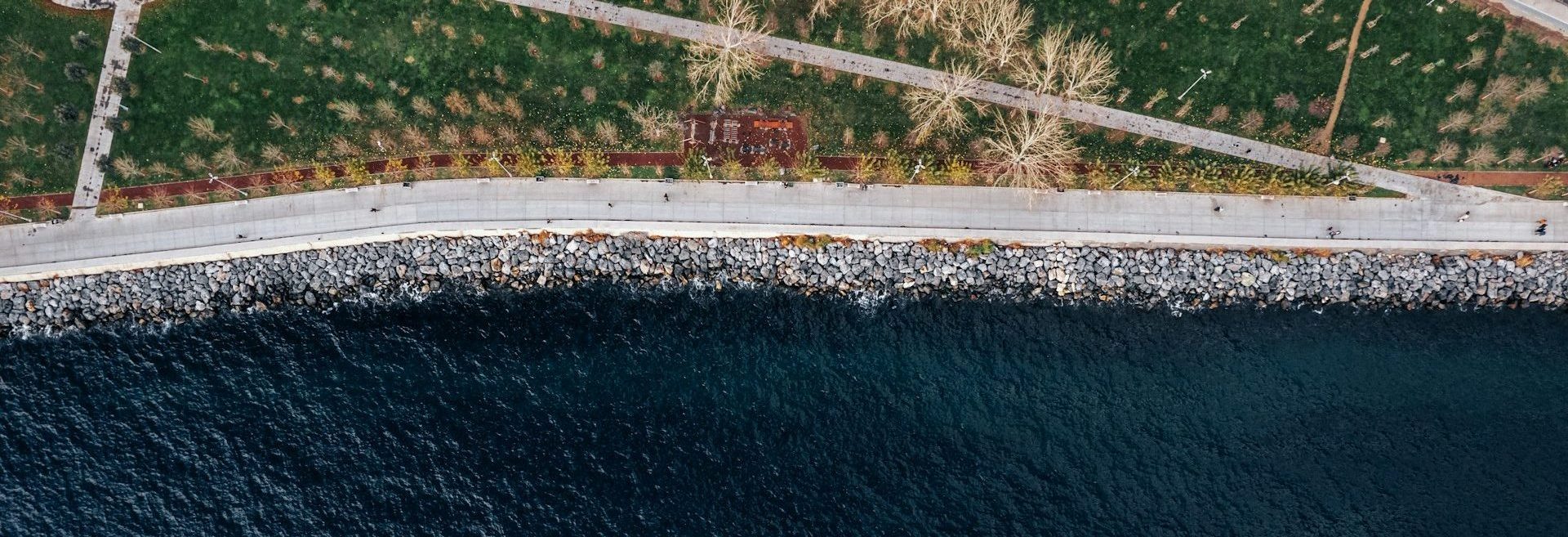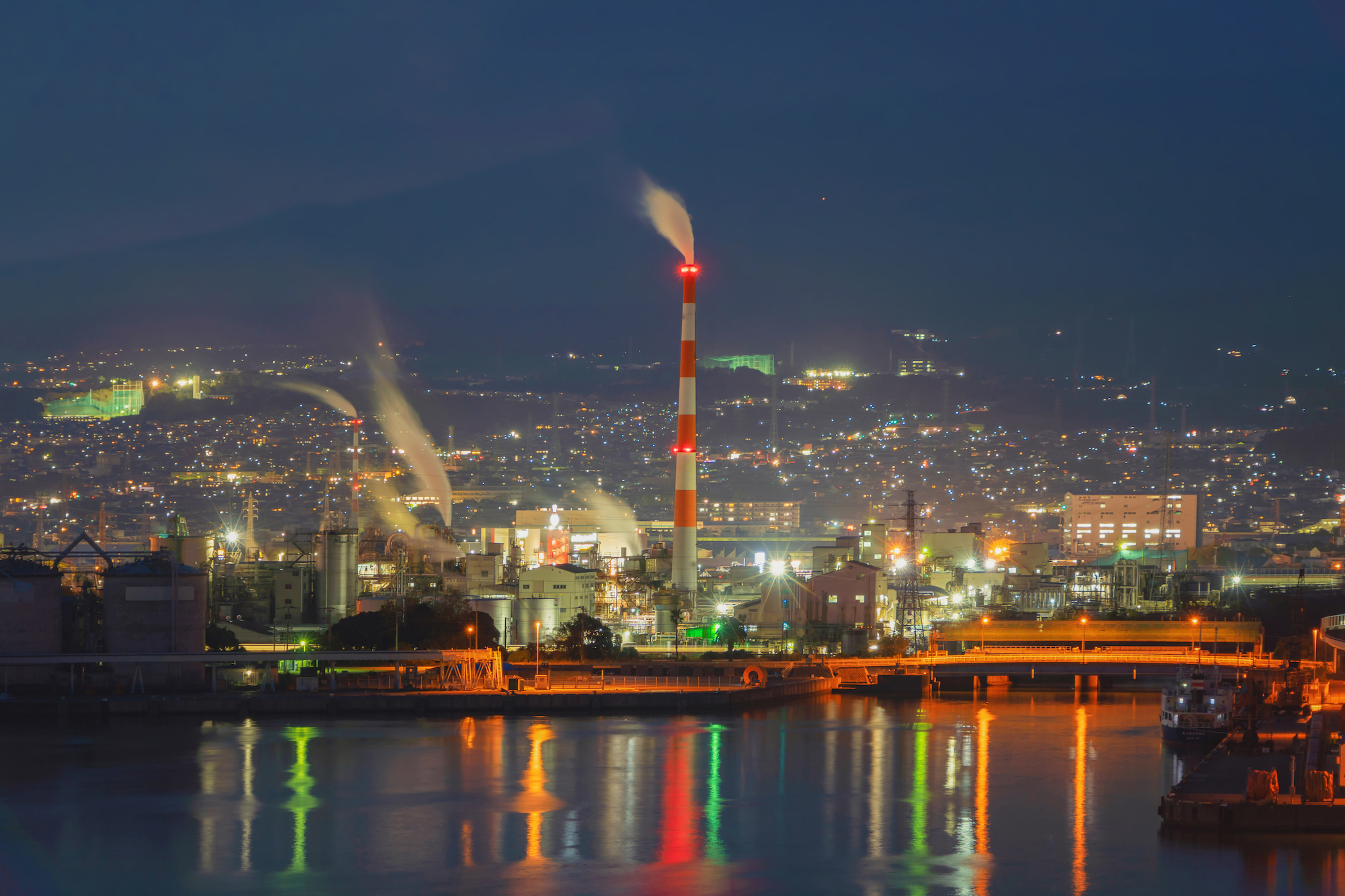A thorough understanding of loss and damage involves exploring the intricate web of national politics, economic incentives, identity considerations, and practical implementation challenges that surround the concept. Now, as the newly established “Fund for Responding to Loss and Damage” begins operations, understanding the national and local dynamics that underpin any implementation efforts is central to ensuring international commitments translate into tangible benefits for those facing climate change’s most severe impacts.
The groundbreaking new book “Governing Climate Change Loss and Damage: The National Turn” by CMCC researcher Elisa Calliari, co-authored with Lisa Vanhala from University College London, presents the first comprehensive examination of how loss and damage plays out at the national level across seven developing countries. The book represents a “national turn” whereby the focus is shifted from international negotiations and top down implementation to understanding how countries confront and characterize climate losses on the ground, how international agreements translate into action, and how loss and damage itself is perceived in domestic circles.
In your book you coin the term “national turn” to describe your approach to studying loss and damage. What inspired this shift from focusing on international negotiations to examining what happens at the national level?
Loss and damage discussions emerged within climate negotiations back in the early 1990s with Vanuatu’s proposal for an insurance scheme to compensate small island states. For thirty years, the debate remained at the international scale. But at the same time, climate change impacts affect people and ecosystems in very real and local ways, and national policymakers and practitioners are starting to grapple with this at the local level.
We wanted to understand how this concept, that had developed in the international sphere, was being understood and then operationalized by people on the ground. We focused on national policymakers because they are one of the first responders when it comes to climate impacts.
What did this change in perspective reveal that was different from the international vision?
One surprising result was to see how the concept of responsibility, which is key in international negotiations, plays out very differently at the national level. In the international UNFCCC discussions, the principle of common but differentiated responsibility has often been invoked as a basis for acting on loss and damage and seeking support from Global North countries.
However, when you translate the concept of responsibility to the national level it takes on a very different flavor. For example, in some of our case studies national authorities were holding back on having national loss and damage funds because they didn’t want to become responsible for compensating individuals or communities for climate change impacts.
So, responsibility gets flipped – instead of international responsibility from north to south, you suddenly have national governments potentially being held responsible by their own populations.
Your research revealed that countries facing the most severe climate impacts don’t always prioritize action on loss and damage. Can you explain this counterintuitive finding?
There’s an assumption that because some countries are particularly vulnerable to climate change impacts, they will perceive loss and damage as a priority. But we found that this is not necessarily the case.
It deals with many different factors. First, there’s the history of the concept itself. Loss and damage was spearheaded by small island states and later joined by least developed countries. For many years, it was framed as a small island issue, and later as an issue that only concerned the most vulnerable countries. This framing affected how other countries engaged with it.
Take our Latin American case studies, Peru and Chile, as an example. These countries haven’t really engaged much with the concept, partly because it’s been framed as compensation, and countries like those in the Independent Association of Latin America and the Caribbean (AILAC) group have always wanted to play a bridging role between developing countries and the Global North. They didn’t want to be in this adversarial position demanding compensation. But, when the narrative started shifting toward things such as technical assistance as provided by the Santiago Network, they became more interested in taking an active role.
Your research suggests that how countries see themselves – their national identity – significantly affects their engagement with loss and damage. Can you elaborate on this?
The way countries see themselves matters enormously. In Peru, we had an interviewee say, “Look, loss and damage is money for the poor. This is not something that should concern us because we are a middle-income country.” The same sentiment appeared in Chile. But this doesn’t match the reality of the climate impacts they’re suffering and their high levels of vulnerability.
Another example is Ethiopia, where the country’s ambition to become a “green economy” front-runner helps explain why they emphasize mitigation rather than adaptation within their policies. Ethiopia wants to be seen as a leader in the green transition, so they focus on mitigation even though they’re highly vulnerable to climate impacts.
We also saw this in our case studies with tourism economies. In Antigua and Barbuda, efforts to gather better scientific information about climate change-related risks face resistance because tourism is the largest economic sector, and there are disincentives to highlighting climate risks to potential investors. There is a paradox whereby if you gather data on loss and damage, you’re showing yourself to be exposed, which could impact how investors see the country.
Your book captures a moment when loss and damage was moving from theoretical discussions to practical implementation. How are countries navigating this transition?
We started our research for the book in 2019, and the data collection concluded before COP27, so the [loss and damage] fund wasn’t there yet. However, now that there is a fund and more opportunities for financing, this will definitely affect national policymakers’ attention towards the concept.
Moreover, the past few years have also seen the full operationalisation of the Santiago Network, which completed the first match to deliver demand-driven technical assistance in Vanuatu early this year, and we can expect more vulnerable countries to look up to the technical assistance provided by the network to devise their national level responses.
While the international landscape for loss and damage support was very different when we undertook our research, we found that the expectation of potential or future funding for loss and damage was on its own shaping domestic institutions. For instance, Antigua and Barbuda explicitly mentioned international finance in its domestic legislation in the context of setting up the institutional architecture for a potential funding instrument back in 2019.
How does loss and damage fit into the broader discussion on adaptation?
One interesting example is how the relationship between adaptation and loss and damage plays out. Within UNFCCC negotiations, developing countries argue for conceptual separation between the two, arguing that loss and damage is something “beyond adaptation.” But on the ground, this distinction doesn’t seem to hold.
In Tuvalu, for instance, policymakers stressed that it wouldn’t be practical to distinguish between adaptation and loss and damage. At the national level and the local level, it doesn’t always make sense to make this distinction. What local actors need is to deal with impacts, and they aren’t really concerned with these definitions – whether we call it disaster risk management, adaptation, or loss and damage, what is needed is action.
A big part of your research methodology involved partnerships with local researchers. How did this collaborative approach shape your findings?
This is something we’re very proud of because the book is a truly collaborative effort. Our initial approach was perhaps more traditional. However, COVID and the resulting travel restrictions forced us to think very differently and rely on local researchers and experts.
This turned out to be a game changer which allowed us to improve the quality of our results. A local person knows the local context better and not just because of their ability to establish local contacts, but also in the way they are able to analyze the results.
How do you see loss and damage evolving on the international and local scale in the coming years?
At the international level, COP 30 will host the review of the Warsaw International Mechanism, which is important because it’s trying to ensure that the three institutions we now have – the fund, the Santiago Network, and the Warsaw International Mechanism’s Executive Committee – work together in a consistent and effective way moving forward.
But not everything happens at COP, and there are actually processes that go on all year long with lots of meetings and work that isn’t always visible. For instance, the board of the Fund will meet in early October and is expected to advance work on the operationalisation of the start-up phase of the Fund. This is a very important step towards defining how the Fund will operate in the long run.
And, of course, what will happen at the national scale will be crucial. All the developments at the international level will need to be backed by new or enhanced national governance structures, including laws, regulations and different stakeholders working together, to deliver results on the ground.






